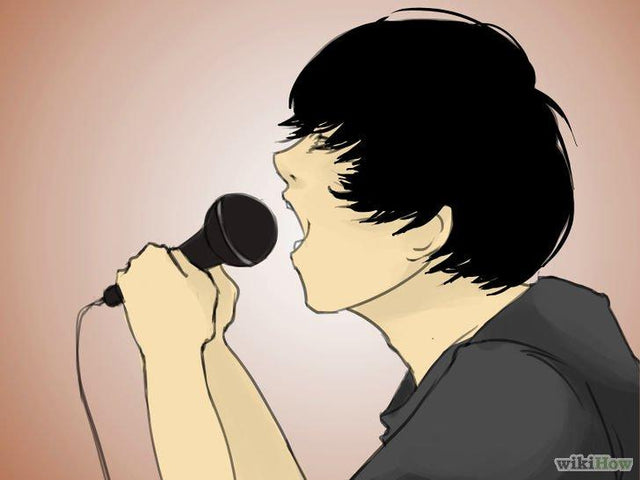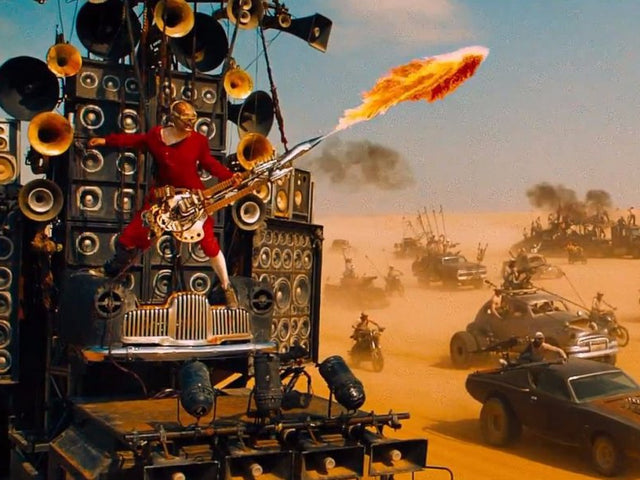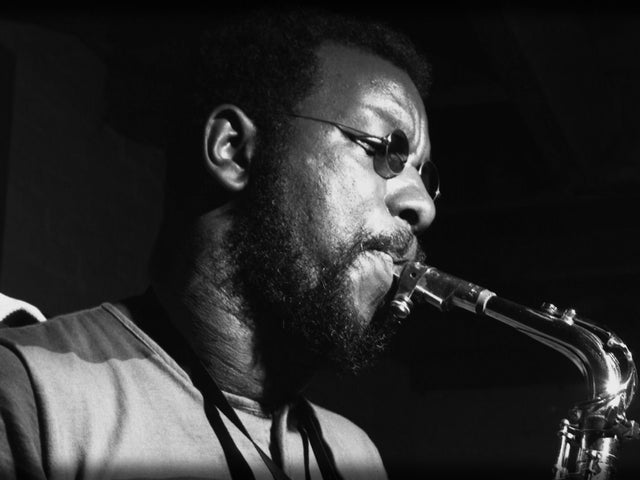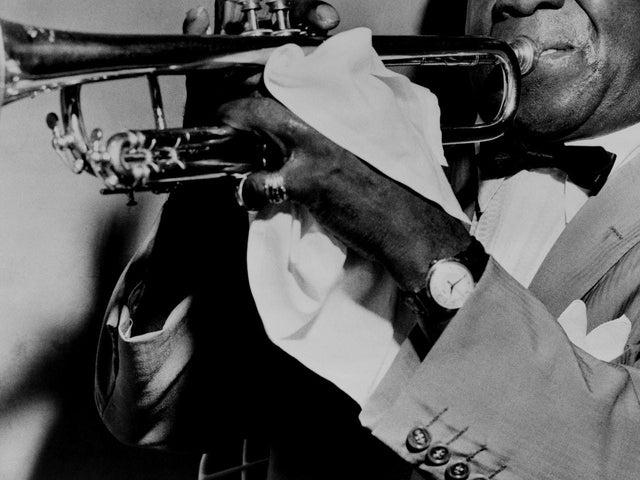10 najlepszych albumów black metal, które powinieneś mieć na winylu
Pierwsza rzecz, którą powinieneś wiedzieć o black metalu, to fakt, że traktuje się on bardzo poważnie. Między makijażem trupim, płonącymi kościołami, seksualnie spragnionymi zakonnicami i satanistycznymi rytuałami łatwo zrozumieć, jak zachodni ludzie mogą postrzegać mroczną estetykę jako nieco przesadną: i o to chodzi. Tak samo jak punk, heavy metal i agresywna muzyka w ogóle, ten notoryczny subgatunek jest całkowicie skoncentrowany na wyzwaniu dla autorytetu z brutalną szczerością. Wywołując przerażające obrazy społecznego upadku i zwierzęcych pragnień z najbardziej torturowanym słownictwem, bolesnymi krzykami, wyjącymi gitarami i dzikimi bębnami - black metal konfrontuje słuchacza z zniekształconym, odbiciem w lustrze nie tylko siebie, ale także zepsutego świata jako całości.
Kiedy już zajrzysz w pustkę black metalu, praktycznie niemożliwe jest przeniesienie swojej uwagi gdzie indziej - zwłaszcza jeśli doświadczasz go na winylu. Czytaj dalej, aby poznać dziesięć dzieł muzycznej nekromancji, które należą do każdej kolekcji.

Venom: Black Metal (1982)
Black metal is seen as a purely Scandanavian phenomenon, but the genre actually earned its epithet from the Brits during the of heavy metal that crashed down on England in the early 1980’s. In 1982, hot on the heels of their groundbreaking debut Welcome To Hell, extreme innovators Venom released their sophomore LP Black Metal: An 11-track album that was so unparalleled in its aggression, it became shorthand for a new art form entirely. The record's acrid instrumentation (double-time drumbeats, lo-fi shredding, wailing solos) is more heavily rooted in thrash than in Norwegian black metal, but its depraved imagery (Satanic devotion, necromancy, schoolboys performing oral sex on their teachers) remains one of the genre’s thematic cornerstones.

Bathory: Under The Sign of the Black Mark (1987)
A year after Venom titled black metal, Bathory tore onto the scene and wrote most of the damn book. Ace Börjey Forsberg (aka Quorthon) and his bandmates were just teenagers when they founded the band in 1983, but their sophisticated, genre-hopping approach to heavy music quickly delineated the Swedish band as prodigies, rather than pushovers. Where the first two Bathory albums saw the band nurturing their amorphous beast with a well-rounded diet of violent sounds (hardcore punk, heavy metal, lo-fi noise, doom metal), 1987’s Under The Sign of the Black Mark saw them loosing the fully-matured monster on the world. Through a mix of provocation and sheer force, Bathory launch an assault on religion, and by extension, the status quo as a whole. Under The Sign of the Black Mark is easily one of the most hostile albums ever set to wax, both musically and lyrically; the mixing’s cramped, the screams tinnitus-inducing, the tremolo picks needle-sharp. The band's rage exhausts and overwhelms, and yet their maddening gyre’s got an undeniable allure. Blame it on the death drive.

Mayhem: De Mysteriis Dom Sathanas (“Lord Satan’s Secret Rites”) (1994)
Even if you’ve never listened to Mayhem’s devastating debut LP – and you should, because it’s black metal's Nevermind – you’re probably familiar with the album's infamous backstory, a grisly saga straight out of The Killing: Murder, suicide, blood feuds, terrorist plots, even purported acts of cannibalism. Not even the band’s audience can escape their violence; in the 1994 black metal documentary Det Svarte Alvor, Mayhem drummer Jan Axel “Hellhammer” Blomberg remarked that the album track “Freezing Moon” (which features hard-to-make-out but nevertheless-ominous lines like “I remember it was here I died / By following the freezing moon”) was composed to stoke suicidal feelings in the listener. Don’t let Mayhem's morbid reputation dissuade you – their sonic sorcery is surprisingly accessible, if not Sunday School-appropriate.

Darkthrone: Transilvanian Hunger (1994)
Listening to the full-bodied static of Darkthrone'sTransilvanian Hunger, it’s hard to believe that the conclusion to their so-called “unholy trilogy” is actually the work of just two people: Nocturno Culto and Frenriz, the latter of whom can be seen sneering on the LP’s cover art. Transilvanian Hunger's back cover originally referenced “Aryan black metal,” fueling accusations of racism; Darkthrone subsequently refuted those claims by way of a crass directive aimed at listeners who viewed the band’s work as political: "lick Mother Mary’s asshole in eternity,” they proclaimed. For all its Nordic concerns – Satanic mischief, pagan feasts, gloomy forests – Transilvanian Hunger represents a universal document rooted in man’s animal impulses, not hype.

Emperor: In The Nightside Eclipse (1994)
Do Mayhem, Darkthrone and Bathory have you craving something a little less dreary? Look no further than Emperor’s fourth album, In the Nightside Eclipse – it’s a melodic, technicolor alternative to the uniform, leaden bleakness espoused by many of the groups on this list. Awash with symphonic melodies, limber, layered arrangements and technical wizardry, the LP challenges every hostile stereotype flung at Emperor and their kin, proving black metal’s worth as a medium for dark beauty and sophisticated songcraft.

Dissection: Storm of the Light’s Bane (1995)
Countless bands have been dubbed a “cult act,” but none of them have anything on Dissection, the infamous Swedish band behind 1995’s legendary Storm of the Light’s Bane. As a member of the Misanthropic Luciferian Order (a Swedish occult group later re-epithelized Temple of the Black Light), Guitarist, vocalist, and co-founder Jon Nödtveidt immersed himself in violence – including animal sacrifice and murder — before taking his own life in 2006. To the musician, such acts reflected a joyous philosophy: "Death is the orgasm of life!” he proclaimed in a 2004 interview, "So live life accordingly, as intense as possible!” That darkened drive informs Storm of the Light’s Bane; ironically enough, its manifestations lend the album an unexpected accessibility. Rather than get trapped in the muck and mire, the Swedes tear through an extreme celebration of living life to its fullest, awash in galloping guitar melodies and death growls that are bound to send shivers down your spine. Evil never sounded so anthemic.

Ulver: Bergtatt (1995)
Want to get your non-metalhead friends into black metal? Look no further than Ulver's debut album Bergtatt – Et Eeventyr I 5 Capitier (aka Bergtatt): a five-part fantasy epic inspired by Norwegian folklore. Between the tremolo plucks and blast beats (not to mention the tales of monsters and kidnapped maidens), Bergtatt meets all the prerequisites of a black metal album, and ultimately transgresses them – not through force, but through the power of flutes, violins, and choral vocals. Ulver’s genre-hopping approach shook up the Norwegian scene, broadening the genre’s boundaries and proving that the master’s tools (melody, tradition) could still be used as instruments of darkness.

Weakling: Dead As Dreams (2000)
If Oslo and Stockholm are black metal’s oldest citadels, then San Francisco represents one of its largest, oldest satellites, a hub for pioneering purists (Von) and critically-adored crossovers (Deafheaven) alike. Weakling’s seated on that pantheon as well, and yet they continue to be recurrently omitted from most of the modern conversation regarding the Bay brood: probably because they broke up within two years of their formation, never toured, and have but one LP – 2000’s Dead as Dreams – to their name (which was inspired by Swans’ Filth, in case you were wondering). Weakling didn’t stick around long, but damn, did they leave an impact. Over the span of Dead as Dreams’ five epics (clocking in at a blistering 76 minutes) the band take a wrecking ball to the temples of Bathory, Darkthrone et al and build new shrines from the rubble, rather than metal McMansions. Weakling’s dynamism stems from unpredictability, with frequent forays into doom metal, death metal, sludge, and even prog rock – a welcome shift from the usual static churn.
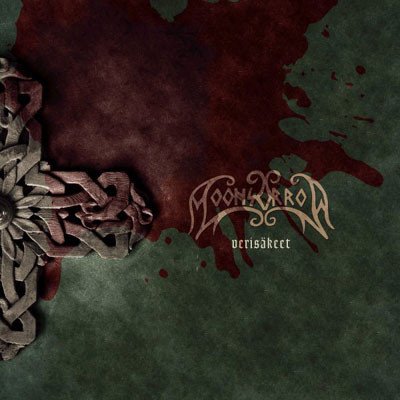
Moonsorrow: Verisäkeet (2005)
Black metal bands in Nordic nations largely wield their arcane lyrical themes (dark magic, otherworldly encounters, and ancient rituals) against the Christian status quo. The communities' anti-establishmentarian leanings need not preclude Scandinavian pride entirely, however, as the thriving “pagan metal” scene so passionately proves. Finland’s Moonsorrow have led the pack for over two decades, combining the acoustic instrumentation of Ulver’s gloomy folk-metal with tales inspired by the untamable fury of their Viking ancestors. 2005’s Verisäkeet LP is the crown jewel of their discography: an abrasive, extended journey through steppes and across seas that sounds like Bergtatt’s little brother.

Deathspell Omega: Paracletus (2010)
Released amidst a post-internet boom of Darkthrone clones and pretentious, self-proclaimed prophets, Deathspell Omega’s Paracletus offers sanctuary from the pilfering, the posturing, and empty politics associated with the new guard. The awe-inspiring finale to the band’s “metaphysical trilogy” (a series of albums exploring man’s relationship with both God and the Devil) expresses black metal’s brutality through lexicons that prove equally poetically devastating and ear-rupturing. (If you’re digging this LP, be sure to snag the preceding two albums, 2004’s Si Monumentum Requires, Circumspice and 2007’s Fas - Ite, Maledicti, in Ignem Aeternum; the trilogy’s stellar from start to finish.)
